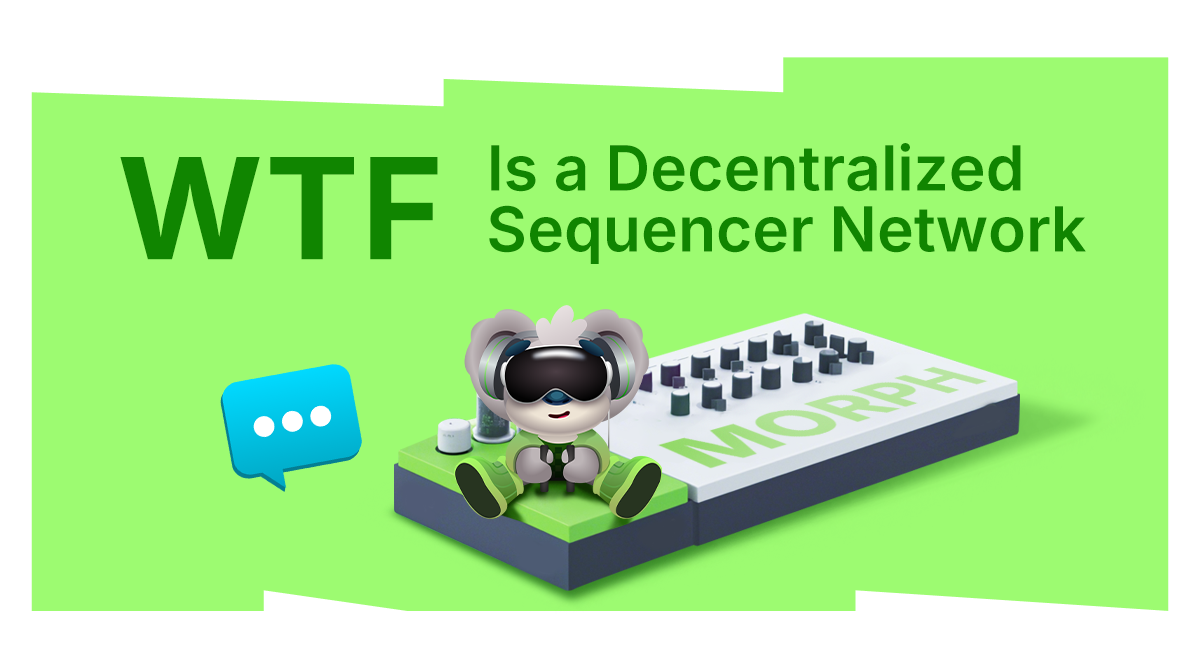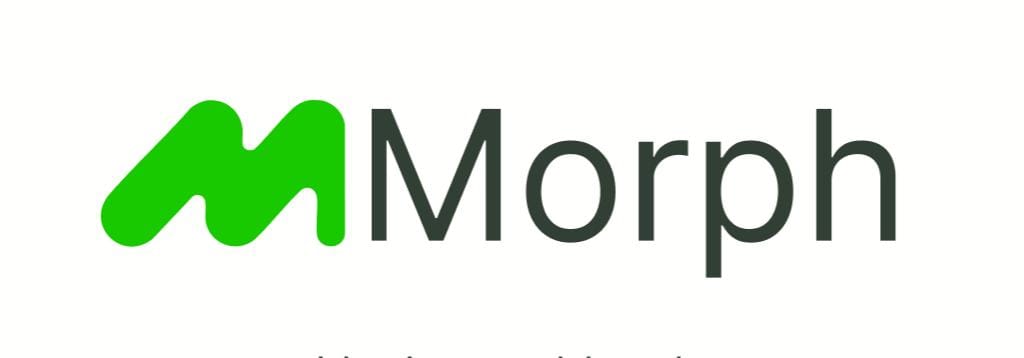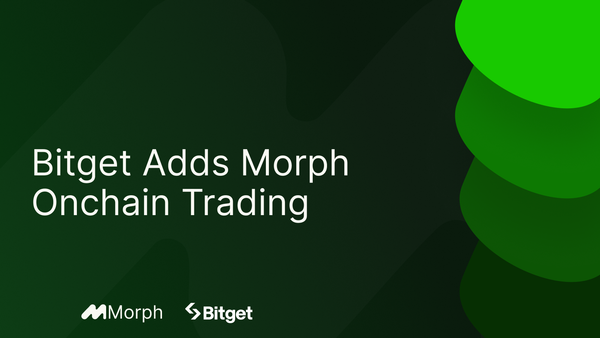WTF is a Decentralized Sequencer Network?

Tired of reading about complex blockchain architectures without understanding what's actually going on? Let's break down one of the most important innovations in Layer 2 technology - the Decentralized Sequencer Network - starting with the basics.
If you're a builder who wants to dive straight into the technical specifications of Morph's implementation, check out our comprehensive builder documentation.
How Do Blockchains Work?
Imagine a giant, digital ledger that everyone can see but no one can erase or change. That's essentially what a blockchain is. It's a chain of blocks, each containing a set of permanent transactions, making it incredibly secure for things like transferring money or value through cryptocurrencies. But who decides which transactions go into these blocks and in what order?
In Layer 1 blockchains like Bitcoin or Ethereum, this job is handled by miners (in Proof of Work) or validators (in Proof of Stake). These are like accountants in the blockchain world. In Proof of Work, miners compete to solve complex mathematical puzzles. The first one to solve it gets to create the next block and decide which transactions go in. However, before this block is added to the chain, all other miners must verify and agree on its validity, which is safer but timely. The process is like a math competition where the prize is the right to update the ledger and earn some cryptocurrency as a reward.
Proof of Stake works a bit differently. Instead of solving puzzles, validators are chosen based on how much of that blockchain's cryptocurrency they're willing to "stake" or lock up. The more they stake, the more likely they are to be chosen to validate the next block and earn rewards. This also helps ensure they won’t misbehave and process fake transactions. If they do, their staked currency will be taken away as punishment. Again, other validators in the network must reach a consensus on the proposed block before it's added to the chain.
Layer 2 Sequencers
These Layer 1 systems have their merits, but they can be slow and energy-intensive, especially when dealing with a high volume of transactions. This is where Layer 2 solutions come in.
Layer 2s are built on top of existing blockchains to make them faster and more efficient.
The key difference is that Layer 2s process transactions off the main chain, bundling them together before sending a summary back to Layer 1 for final confirmation. Layer 2s employ technologies that focus largely on speed and efficiency, while still benefiting from the security of the underlying blockchain since transaction data is ultimately sent and recorded on the much more security-focused Layer 1.
Instead of miners or validators, L2s use sequencers. Sequencers are like the previously mentioned blockchain accountants but much more efficient. Their job is to quickly process transactions, bundle them up, and then send a summary back to the main blockchain. Sequencers can be faster because they don't need to reach consensus with the entire network for every transaction – they can process many transactions off-chain before submitting a batch to Layer 1. This approach allows for much faster transaction times and lower fees. Sequencers are incentivized to do this job correctly because they earn fees for their services, much like miners and validators on Layer 1.
But here's a critical issue with most L2s – they typically use just one sequencer. It's like having a single accountant in a busy office. Sure, they might be quick, but what happens if they get sick or decide to take an extended break? The whole system stops.
Morphs Decentralized Sequencers
This is the problem Morph's Decentralized Sequencer Network solves. Instead of relying on a single sequencer, we have a whole team of them working together. By "decentralized," we mean these sequencers are independent parties, not controlled or employed by Morph. They operate autonomously, much like miners or validators in Layer 1 blockchains.
Here's why this decentralized approach is important:
- Reliability: If one sequencer goes down, the others keep the system running. No more single points of failure.
- Fairness: With multiple independent sequencers, no single entity (including Morph) can manipulate the order of transactions. It's like having multiple impartial judges instead of just one.
- Security: It's much harder for bad actors to attack or corrupt the system when it's spread across multiple independent sequencers. An attacker would need to compromise a majority of the network, not just a single point.
- Censorship Resistance: If one sequencer tries to block certain transactions, the others can step in. Since these sequencers aren't controlled by any single entity, it's extremely difficult for anyone to censor transactions across the entire network.
Morph's approach is unique because we're applying the core principles of blockchain (decentralization and trustlessness) to the sequencing process in L2.
In the end, this technology might sound complex, but its goal is simple: to make blockchain more accessible and useful for everyone while maintaining the security and trustlessness that make blockchain valuable. By creating a system that's both speedy and dependable, we're offering a platform that leads to better and more consumer-friendly applications. And that's what Morph is all about – bringing the benefits of blockchain technology to the masses.




